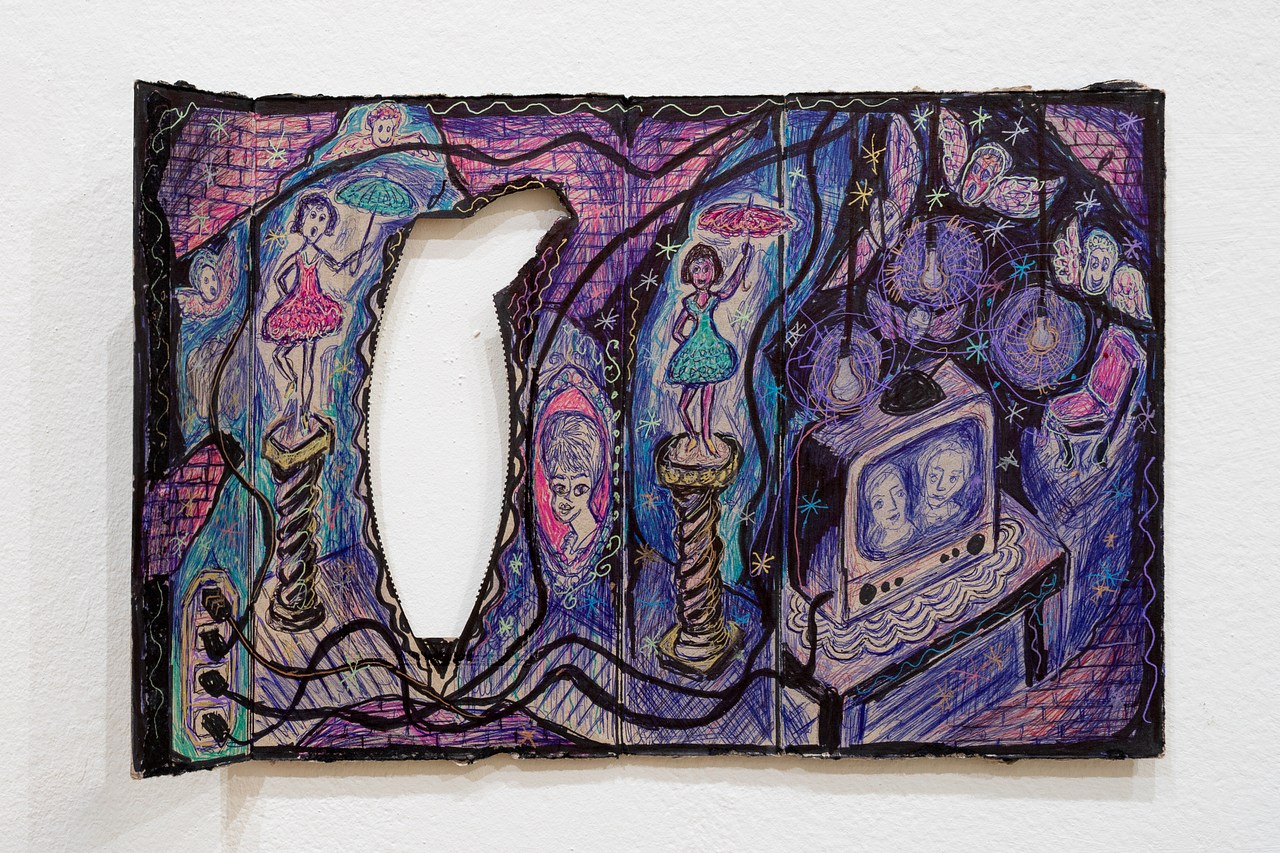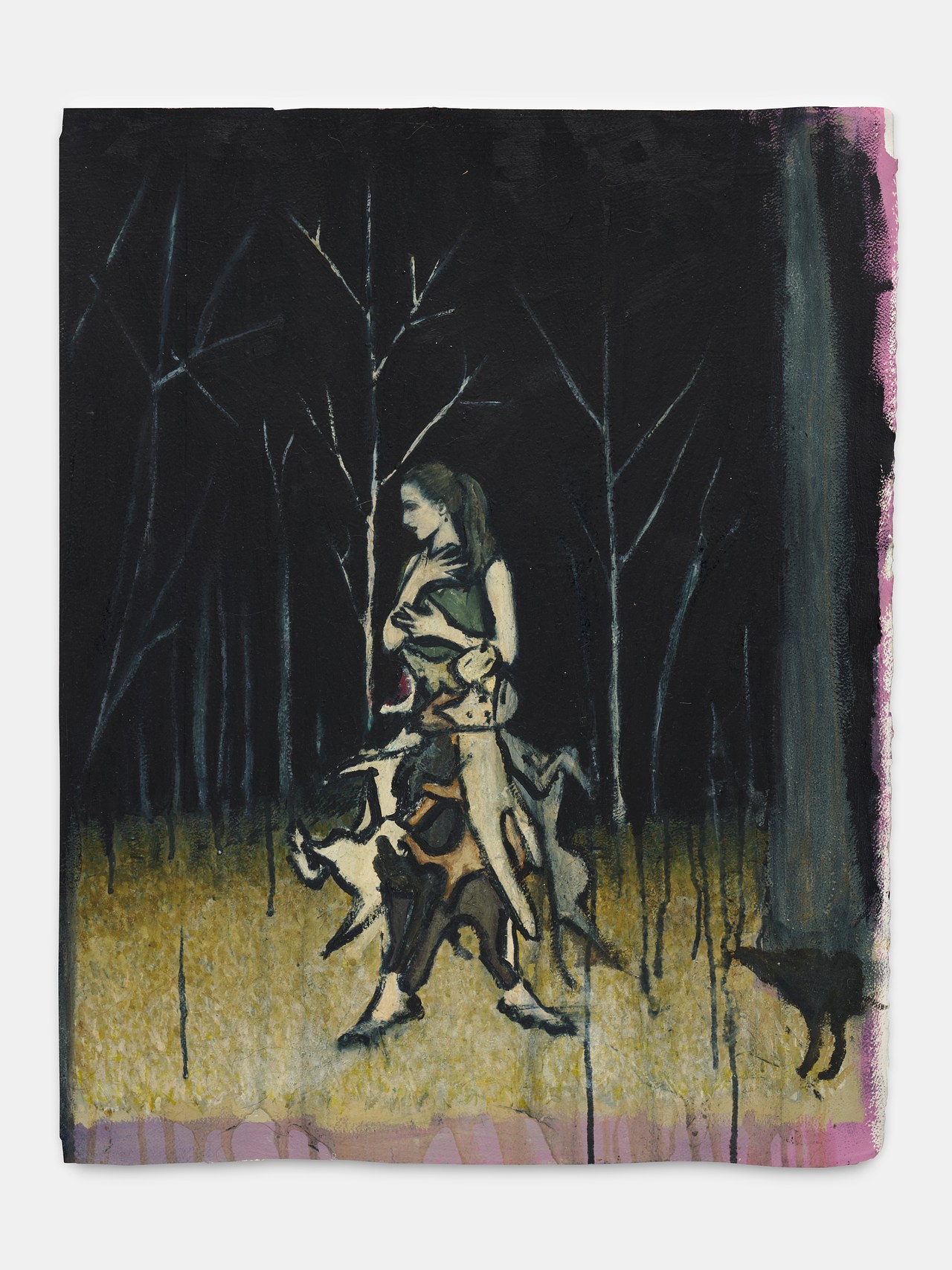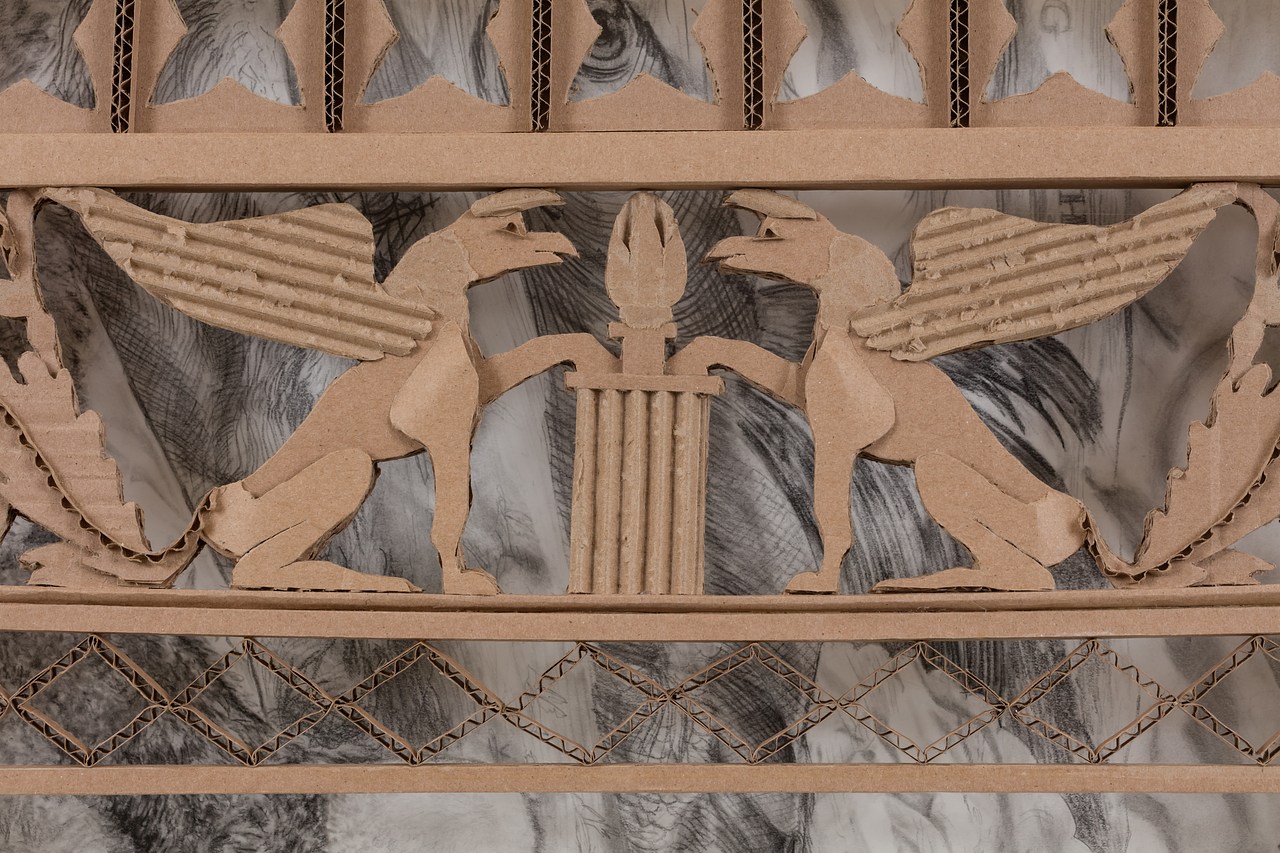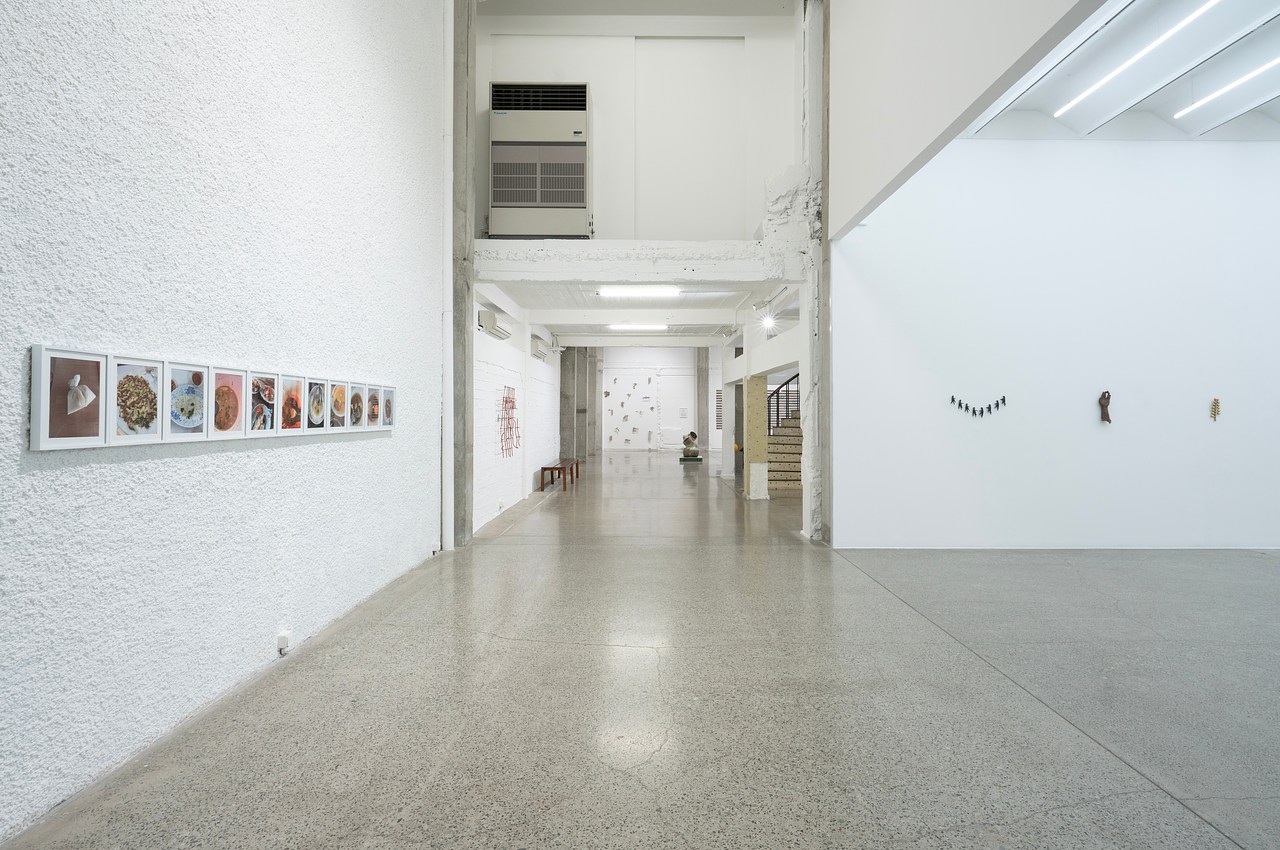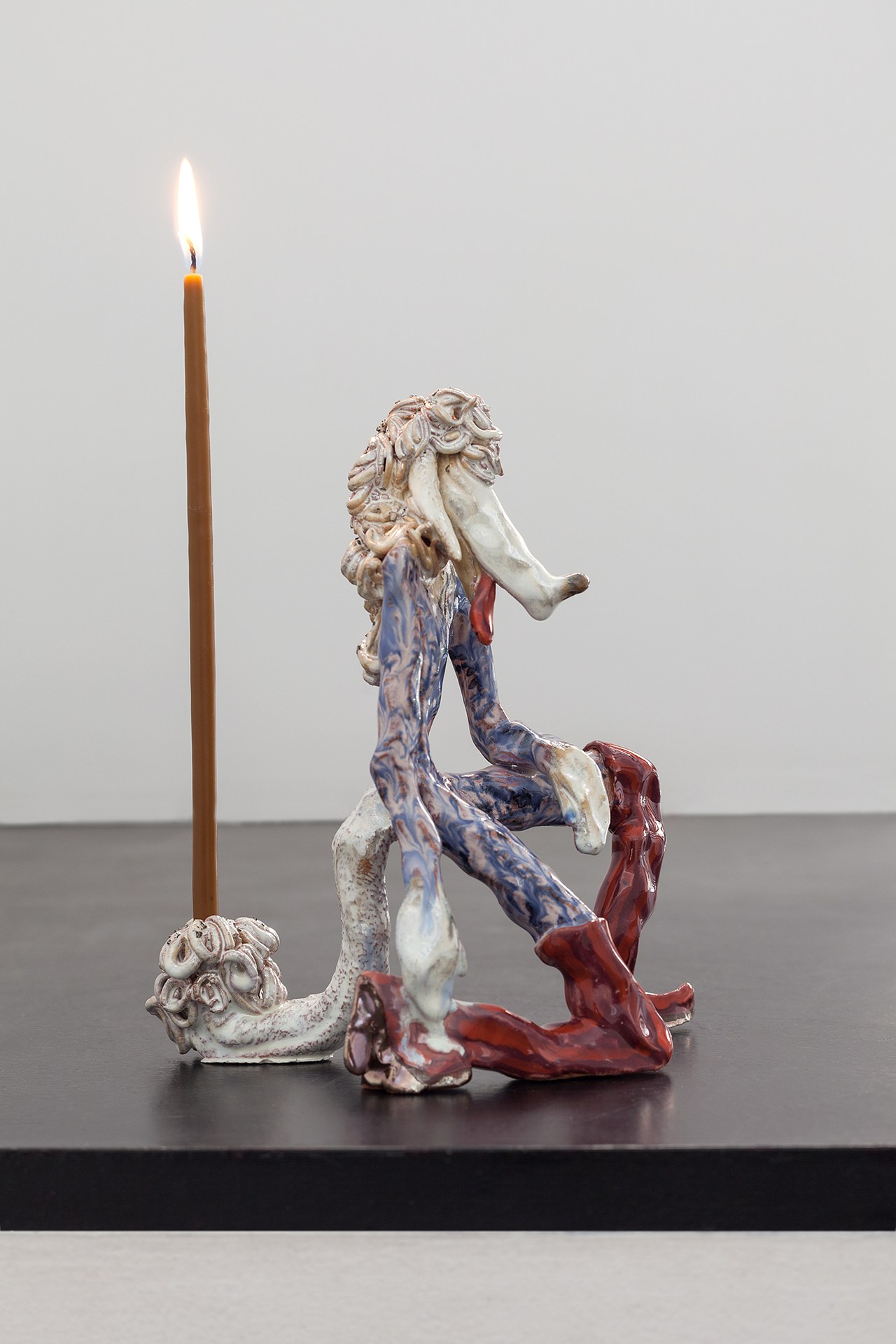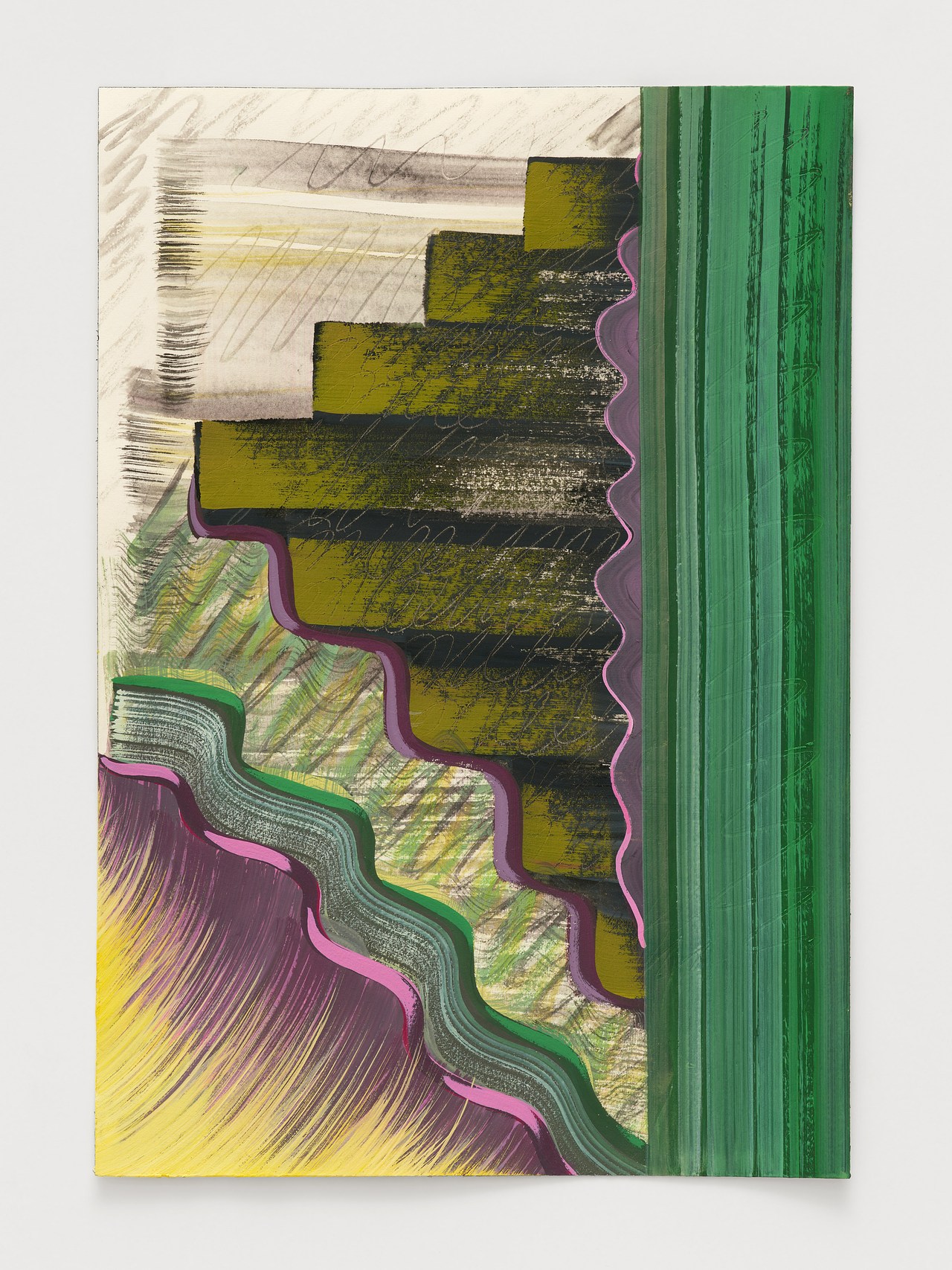The lobby of the Whitney Museum in New York became the site of a protest by arts and culture workers on Friday (May 23) following the institution’s recent cancellation of a pro-Palestine performance.
The protest, which was announced on Instagram by the group Writers Against the War on Gaza, began around 8 p.m. during the Whitney’s “Free Friday Night” event, which offers a pay-what you-wish admission between 7 p.m. and 10 p.m. From the mezzanine level, protestors quietly unfurled a Palestinian flag and a banner reading “Creativity Does Not Have to Rely on Death.” On the ground floor, activists distributed brochures with text printed in the Whitney’s house font that demanded “the removal of board members tied to genocide, militarism and apartheid,” as well as an end to “institutional artwashing, censorship, surveillance and policing of artists.”
Museum security briefly barred entry to the museum and its galleries. Meanwhile, activists formed a circle in the lobby and called out Whitney leadership for its cancellation of No Aesthetics Outside My Freedom: Mourning, Militancy, and Performance, a piece by artists Fadl Fakhouri, Noel Maghathe, and Fargo Tbakh, on May 12, two days before it was set to take place as part the programming for an exhibition organized by the Whitney’s Independent Study Program.
Since the cancellation of No Aesthetics, scrutiny has also been paid to the demotion of Gregg Bordowitz, an artist who formerly served as director of the ISP. According to Artnet News, Bordowitz was demoted in February, but it remains unclear why he was removed to director-at-large. He has publicly spoken out against the cancellation of the performance, calling it an “intrusion” by the Whitney.
The performance was described by those involved as an invitation to mourn the roughly 50,000 Palestinians killed in Gaza since October 7, 2023, and those who have suffered over the decades of Israeli occupation in Gaza and the West Bank. During the hour and half-long duration of No Aesthetics, performers were to interpret “scores” written by Natalie Diaz, Christina Sharpe, and Brandon Shimoda that conveyed the themes of grief, endurance, and defiance.
Copyright
© Art News

